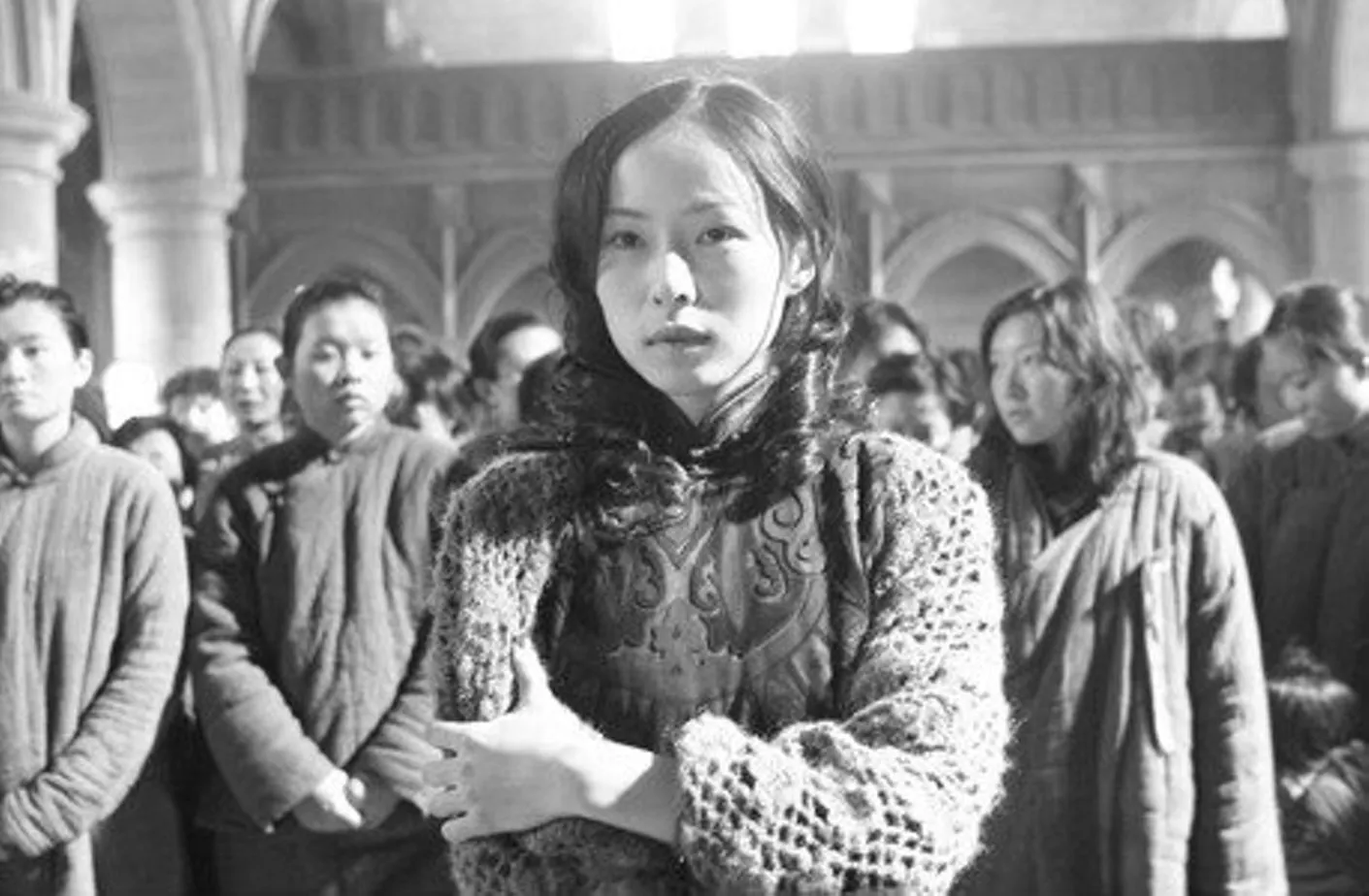A Hauntingly Beautiful, Yet Unflinchingly Brutal War Drama
Set in 1938, seven years after the invasion of Manchuria, Japanese forces march into Nanjing, then the capital of China. What follows is a descent into unimaginable horror as the city’s streets become the stage for a massacre of unprecedented scale.
This cinematic portrayal of the Nanjing Massacre opens with battle sequences of breathtaking intensity and artistry – a meeting point between the visual flair of Steven Spielberg and the stark realism of Alexei German. The film presents a visually stunning black and white landscape, showcasing vast expanses of meticulously crafted ruins. Hundreds of barely living figures flicker across the screen, clad in padded jackets that seem aged by the weight of genuine human suffering. The film’s practical effects, particularly the pyrotechnics, achieve a level of realism that surpasses CGI.

However, this initial onslaught soon gives way to something more profound. The Chinese war epic evolves into a meticulously detailed account of genocide, a tragedy both horrifying and inexplicably captivating. The film captures the disturbing allure of the inexplicable, reminiscent of the unsettling power of the ritualistic procession accompanied by drums towards the film’s conclusion.
A Chinese Perspective on Unspeakable Tragedy
China has long awaited a powerful artistic statement on the Nanjing tragedy. Director Chuan Lu delivers a film of such raw intensity that Chinese censors were compelled to remove some of the most shocking scenes. “Come and See,” long considered the most unbearable war film ever made, now has a counterpart, a sibling in unflinching brutality. Rarely has such hopelessness, such unbearable and savage violence, been depicted on screen.
The Inevitable Machine of Evil
Within this black and white sea of violence, a constellation of virtuous characters emerges, including a young Japanese lieutenant whose soul is rapidly eroding. Yet, none are spared. The machinery of evil grinds on with a chilling banality. “The Japanese army requires one hundred women to satisfy the soldiers,” an elderly man with a swastika armband (the historical figure John Rabe, recently portrayed by Steve Buscemi in a German film) reads aloud the occupying command’s order within a Catholic cathedral. Dozens of women’s hands reach upward – escape from death is impossible, even within the safety zone established by a European, essentially an ally of the Japanese during World War II.